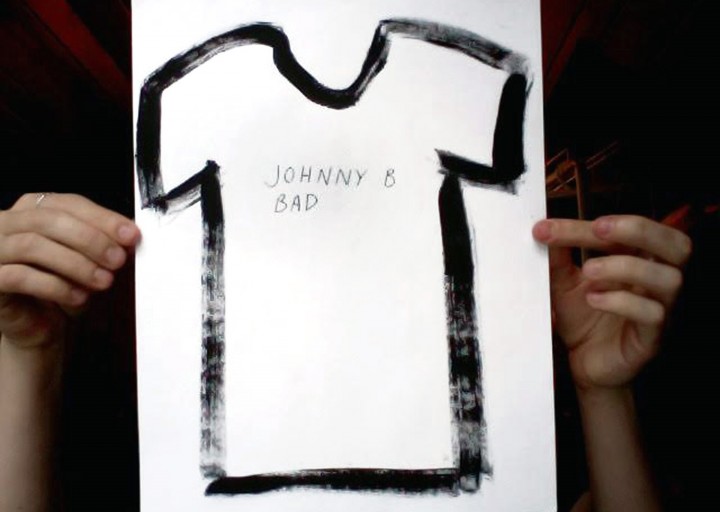Most books on the art world make it look like one big “Scene & Herd,” where artists, curators, collectors and even critics enjoy a fabulous lifestyle floating between fashionable locales. Roger White’s recent book, The Contemporaries: Travels in the 21st-Century Art World, forgoes glamour for an honest look at some of the less-than-dazzling sides of the art world. And who better than an artist to pick up the role of sociologist and shine a light on some unseen parts of a community that many outsiders find hard to understand or even access.
White first takes his readers to an MFA graduate class critique at the Rhode Island School of Design. Recalling his own MFA experience, he notes: “The minute we’d set foot in our first seminar room, we were already inside the [art] industry.” Many collectors have been culling MFA degree shows for years; still, White’s observation is refreshingly direct. After an MFA, many graduates end up as an artist’s assistant, and here White’s discussion nicely exposes the broad spectrum of experiences artists can have: from being part of a factory (for Jeff Koons) to almost doing nothing (White’s own experience). Struggling for time and money isn’t for everyone, so some might wonder if living in New York or L.A. is worth it; aren’t there other cities where one can be an artist, make a living, and have a life?
White takes a skeptical look at the potential for such an existence in his chapter on “regional” art scenes: “Milwaukee as Model.” If everything works out, maybe you end up a successful artist, like Dana Schutz, or maybe you decide that you aren’t cut out for success – at least as traditionally defined – and you check out of the scene, like Stephen Kaltenbach did. And then there are those who come from an outsider’s position, like Mary Walling Blackburn, whose career trajectory would seem to hint toward other possibilities.
Though I often wanted White to be a bit more critical — when it comes to the role of gallerists with hot-ticket or resurgent artists for example — this book stands out as one of the few to address the “professionalized and financialized contemporary art world” without any of the usual superficial blather.

